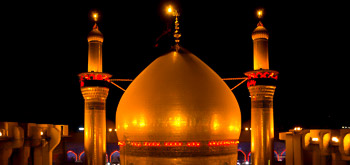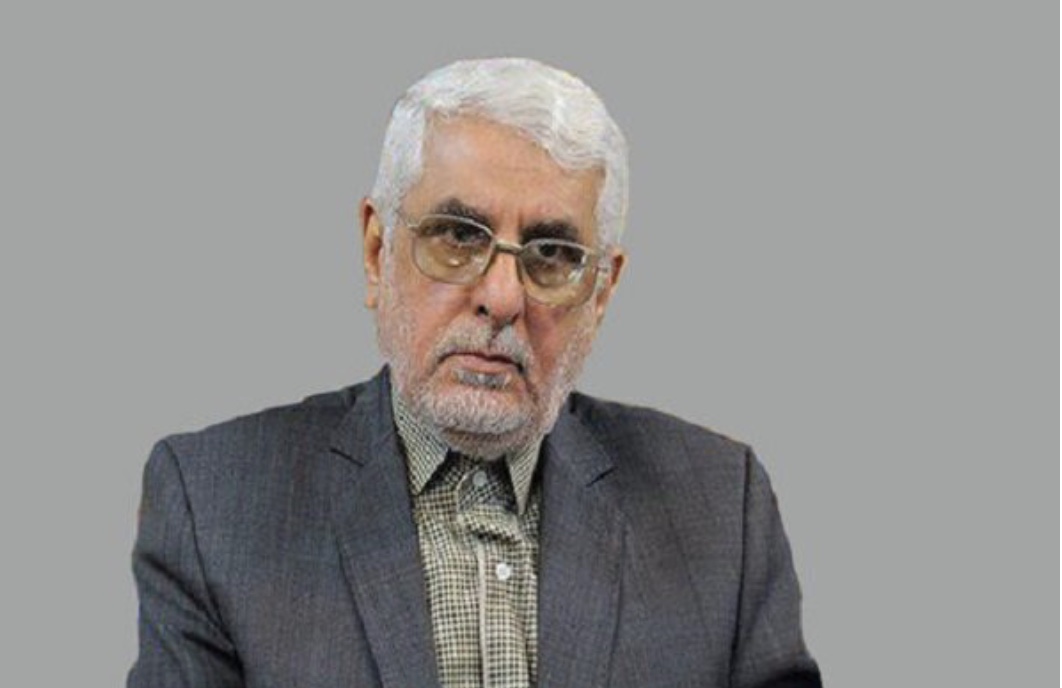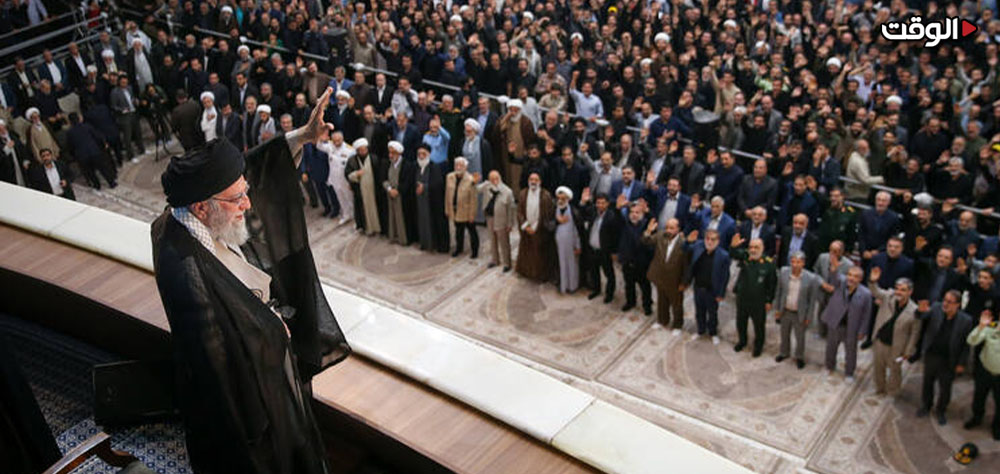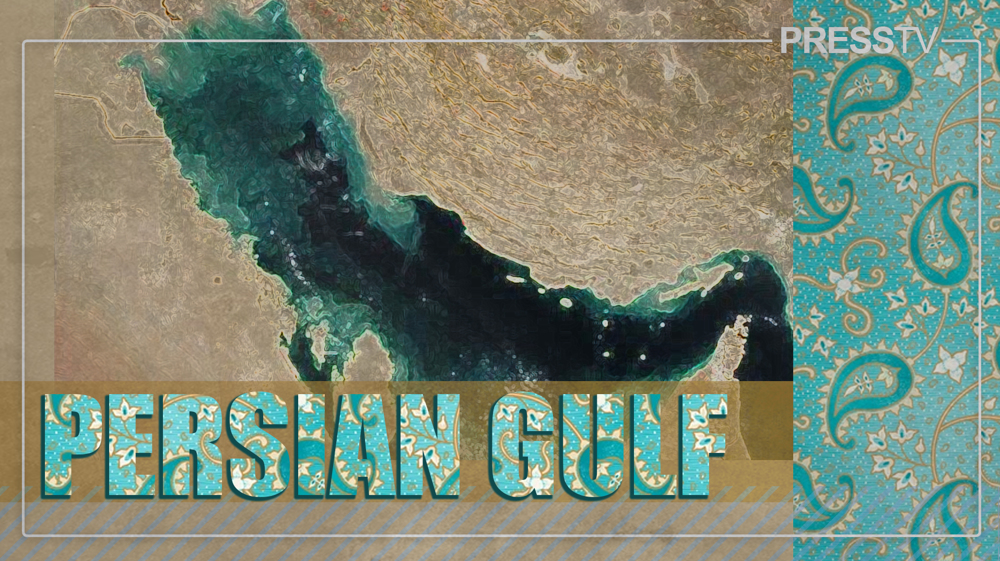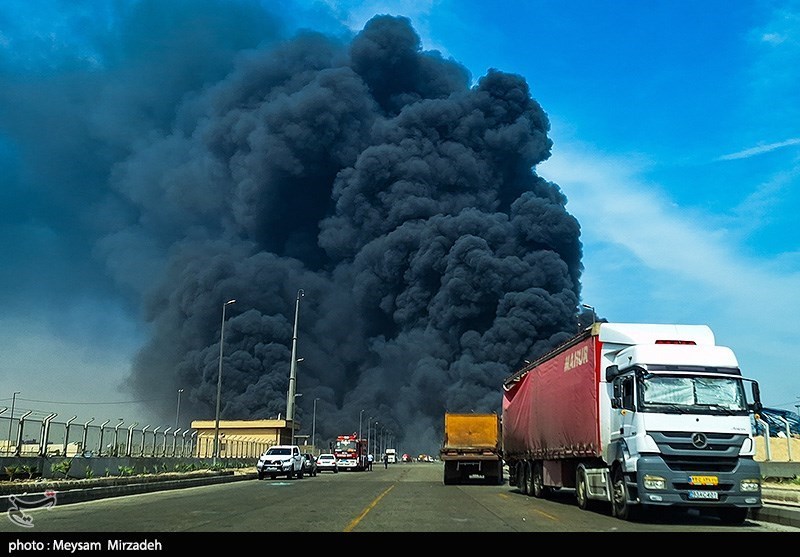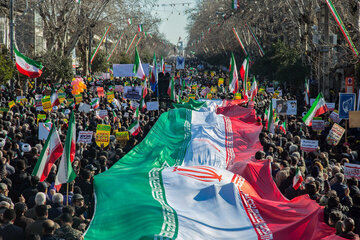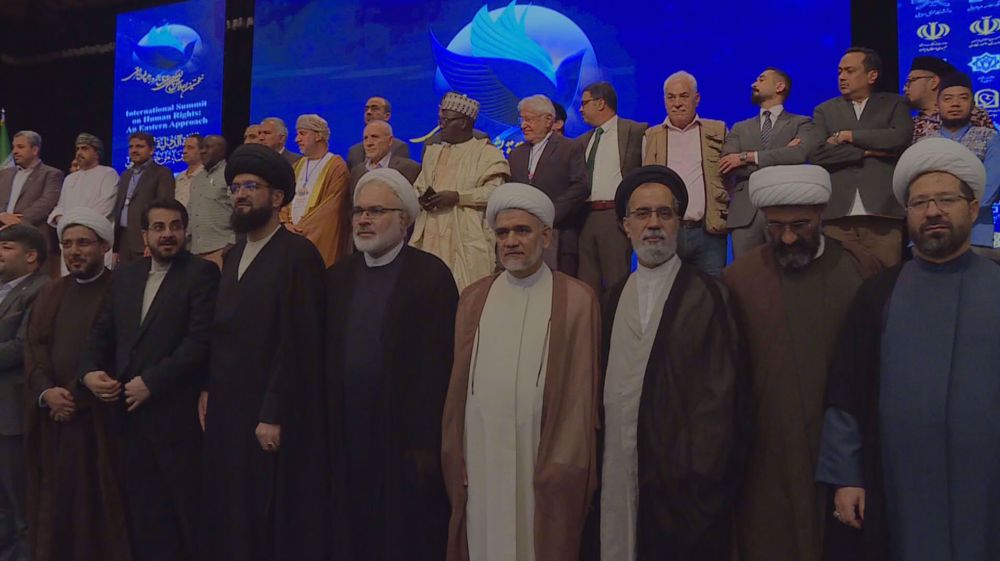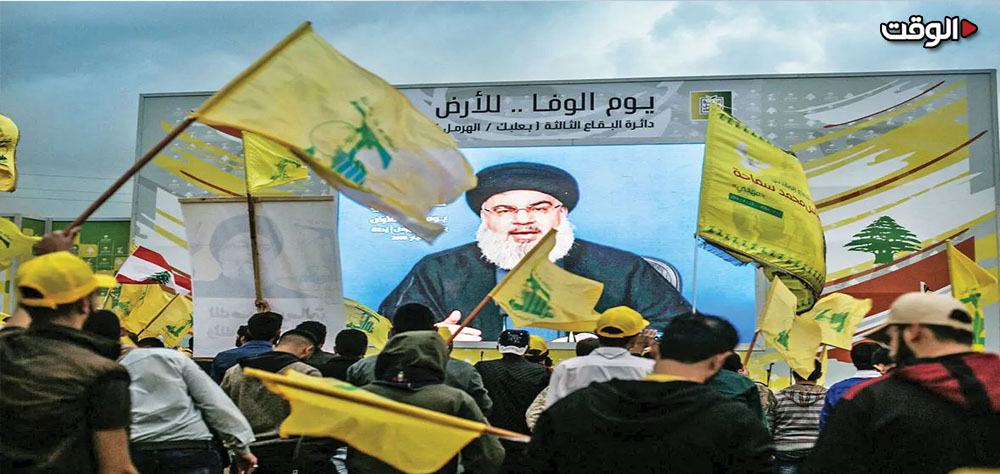Alwaght- Israeli cabinet in early morning of Saturday and after a several-hour session agreed to ceasefire deal with Hamas that includes prisoner swap.
The agreement that was reached on Wednesday night had earlier been passed in the Israeli security cabinet. Israeli media reported that 24 cabinet ministers gave a green light to the agreement, while 8 came against it.
Prime Minister Benjamin Netanyahu's office said that the agreement goes into effect on Saturday. It is planned to be implemented in three stages, with first stage lasting 6 weeks and then a "full ceasefire" will ensue.
The prisoners, 30-50 Palestinians for 1 Israeli, will be released and the displaced Palestinians of Gaza will be allowed back home. At the end of the first stage, Israeli forces will withdraw from all populated regions of the Gaza Strip and the Palestinians will be allowed to return to all Gaza parts. About 2.3 million Gazans were displaced during 15 months of genocidal Israeli war.
Humanitarian aid deliveries to Gaza will also increase, with hundreds of trucks to enter Gaza daily. Detailed negotiations for the second and third phases will begin on the 16th day of the ceasefire.
The second phase will be the “permanent end to the war.” The remaining surviving hostages, including men, will be released in exchange for more Palestinian prisoners. Of the 1,000 Palestinian prisoners to whose release Israel is believed to have generally agreed, about 290 are serving life sentences, reported Haaretz. This phase will also see the complete withdrawal of Israeli forces from Gaza, particularly the Netzarim and Philadelphi corridors, and the third and final phase will involve the “reconstruction of Gaza,” which could take anywhere from three to five years and will also include the return of the bodies of hostages killed during the Israeli bombardment.
To discuss the process of the implementation of the ceasefire and its aspects and its influences, Alwaght has talked to Hassan Hanizadeh, an Iranian West Asia affairs expert.
Netanyahu has not achieved his war aims
Asked why Israeli agreed to the ceasefire deal, Mr Hanizadeh attributed the Israeli ceasefire agreement to the army's failure. He added that "conceding to the truce by Netanyahu and his cabinet is an outcome of the Israeli army failure to turn the equation over the past 15 months. The Israeli regime used any instrument at its disposal to massacare the Palestinians and destroy Hamas, but the heroic resistance of the Palestinian people and fights blocked the Israeli realization of its aims. Despite the serious damage inflicted on the people of Gaza, the Israeli regime also suffered heavy losses and casualties. In fact, in the past 15 months since Operation Al-Aqsa Storm, the Israel regime has suffered 2,000 deaths, 9,000 injuries, and the destruction of 700 tanks. In addition, the cost of war for Israeli regime has exceeded $100 billion, which is equal to its annual budget. Under pressure from home public opinion and also Trump's deadline for end of war before his inauguration on January 20, Israeli regime agreed to the ceasefire without securing any of its war goals."
Hamas and Islamic Jihad have their finger on the trigger
Asked about the concerns about Israeli commitment to thr agreement and the implementation given the Israeli record of treachery and violations, Mr Hanizadeh said that if the deal is violated, Hamas and Islamic Jihad will return and launch a new operation. Tel Aviv has proven it is not committed to any international agreement and violated them any time it can, as it violated the ceasefire with Lebanon over 470 times. The Israeli regime is seeking to restore its military power in the occupied territories. Anyway, Hamas and Islamic Jihad have set a new scenario for every move by the Israeli regime.
Ceasefire-cauaed crisis for Netanyahu
Mr Hanizadeh pointed to the impacts of the ceasefire on Israeli Internal scene, saying: "In fact, the Israeli regime's cabinet is currently hit by polarization, while the Israelis themselves are also experiencing severe disagreements, with some figures and party leaders opposing the ceasefire and some in favor of it. Netanyahu's political life has ended, and his cabinet may resign after the ceasefire becomes operational, and new elections and a new figure may be chosen to form the cabinet. The US's favorable piece is Yair Lapid who actually seems to have a high chance of replacing Netanyahu."
Hamas’s clear future in Gaza
Commenting on the future of Hamas and resistance in Gaza after the ceasefire, Mr Hanizadeh held that Hamas and Islamic Jihad are two deeply rooted and popular militant organizations in the occupied territories. In fact, they are considered part of the militant structure of the Palestinian people, and it is impossible for the Israeli regime, the Fatah movement, and the Palestinian Authority uproot these two groups. Therefore, given the popularity of Hamas, it seems that it will continue to remain as a power pole in Gaza.
Axis of Resistance arranging new struggle scenarios in the region
At the end, the political expert explained the outlook of regional developments, saying that the Axis of Resistance will apply its new struggle scsnrios based on new regional shape. "Despite the serious damage it suffered like collapse of Syria's Bashar al-Assad and assassination of a number of resistance commanders, the Axis of Resistance as an entrenched jihadi complex is rebuilding itself and will try to adapt to the new regional conditions and design its new scenario based on the new regional shape and therefore will continue its path as an anti-imperialist thought."




